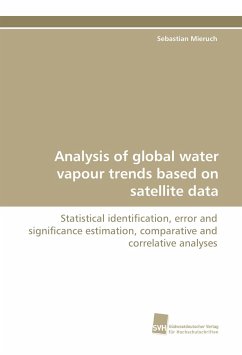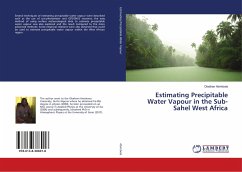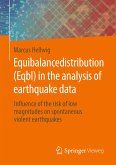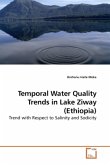Water vapour is the most important greenhouse gas on Earth. Without atmospheric water vapour, the Earth's surface temperature would be about 20 K lower than today. Life, as we know it, would not be possible. In the context of global climate change, especially the temperature increase due to anthropogenic emissions of CO2 (carbon dioxide) and CH4 (methane), water vapour is of utmost importance because of the strong temperature water vapour feedback. The present book concerns mainly on three parts. First, water vapour trends based on monthly mean satellite data from 1996 to 2007 are estimated on a 0.5x0.5 degree global grid. Locally significant trends up to +-5 % are found. The second part investigates the comparison of the derived water vapour trends from satellite observations with globally distributed measurements from groundstations using a Bayesian model selection. Finally, part three presents a study of the interaction of water vapour and temperature by the application of a Markov chain analysis, which elucidates the potential of the development of a new climate classification scheme.
Bitte wählen Sie Ihr Anliegen aus.
Rechnungen
Retourenschein anfordern
Bestellstatus
Storno








